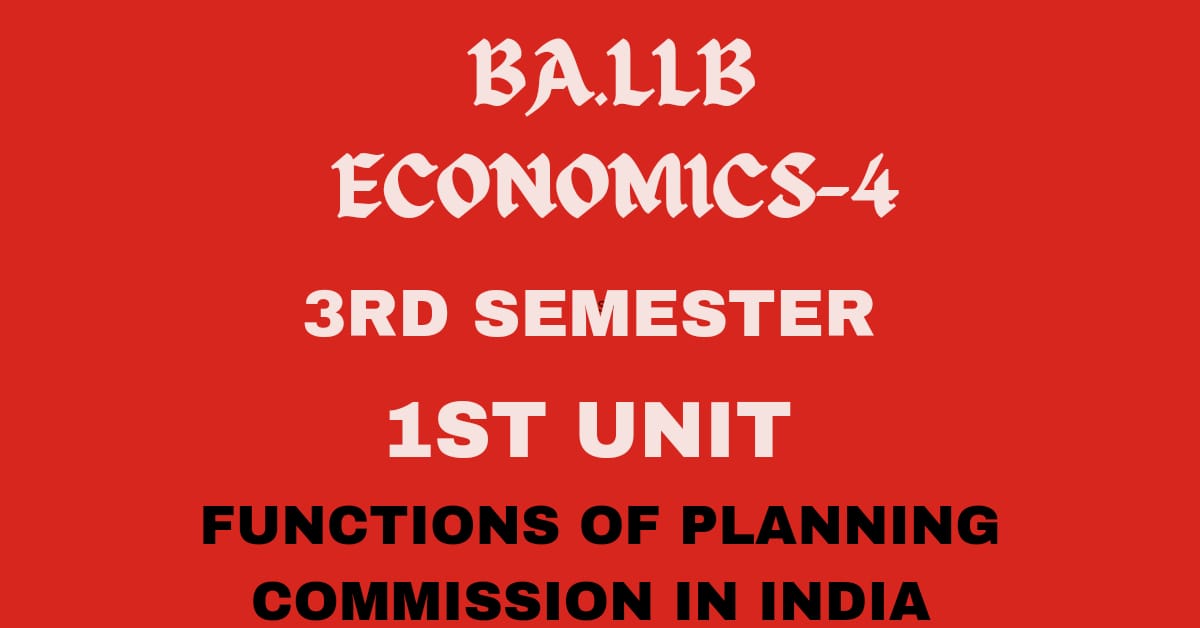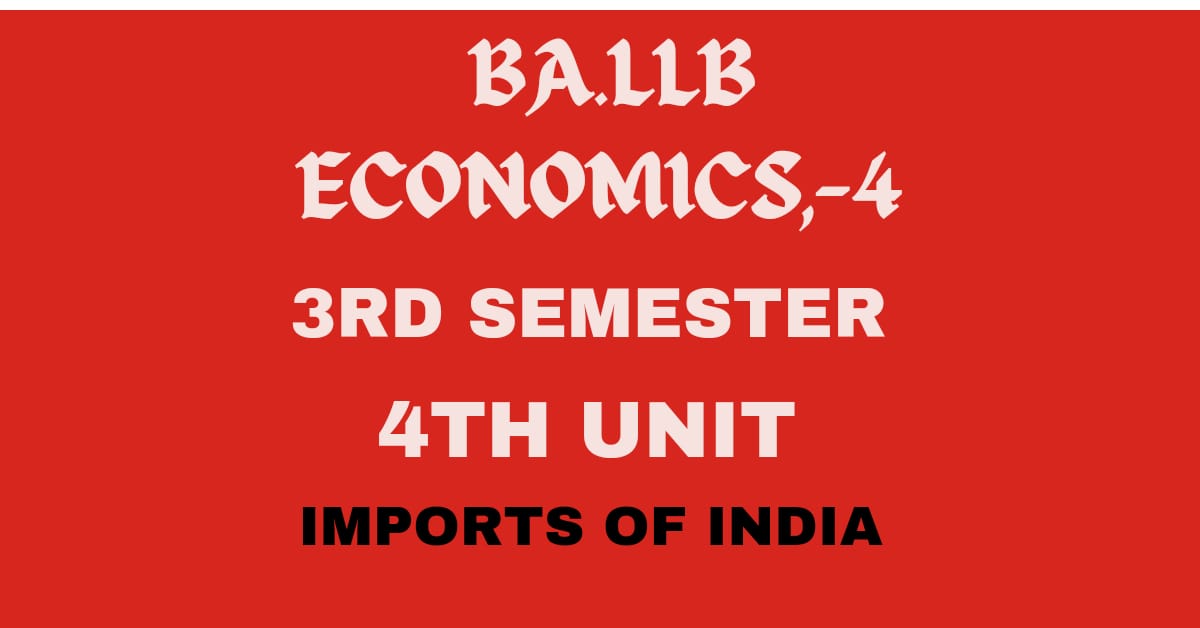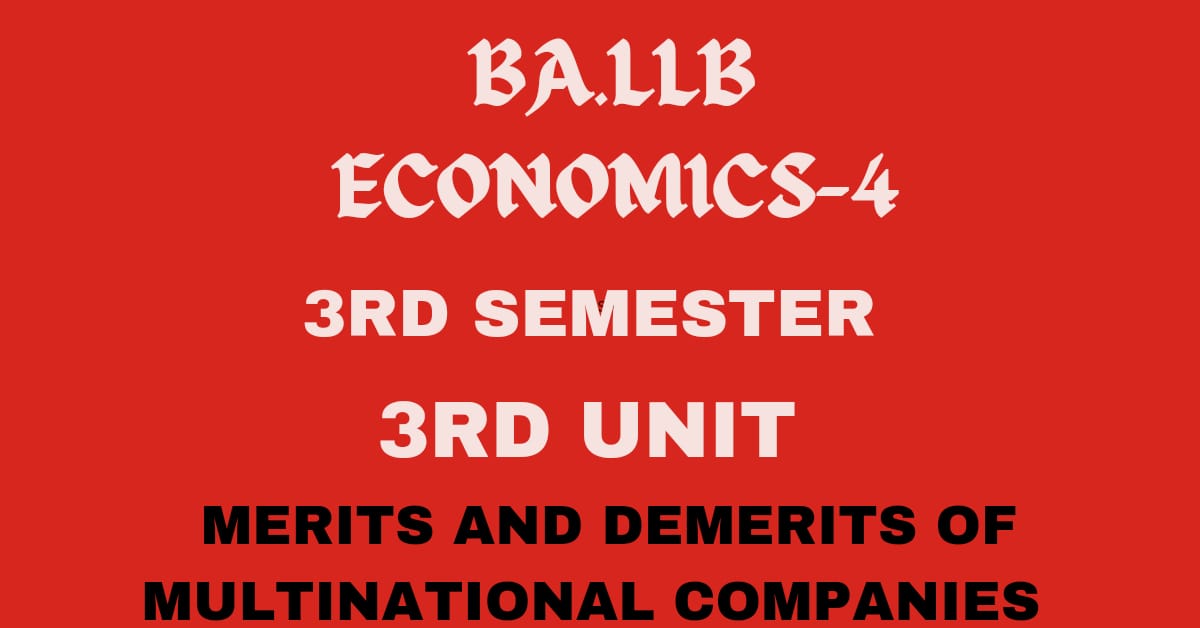Introduction:
Economic planning refers to conscious efforts directed towards the organizing and allocating available resources for productive purposes by a central authority to achieve certain pre-determine objectives within a specified period of time. The functions of planning commission in India has a great scope. Economic planning plays a vital role in developed as well as developing economies. India has adopted economic planning to overcome poverty and achieve self Reliance.
Economic planning means comprehensive planning of all the sectors in the economy like agricultural sector, industrial sector, financial sector, service sector Etc. in India, efforts have been made to use the limited resources in a planned manner. A details scheme is prepared which lists all the available resources and their use according to priorities as decided by the government through the planning commission.
Planning commission of India:
In the Indian Constitution, there is no account of planning commission thus it was constituted in the form of an advisory and specialized institution by means of document of the government. the planning commission was set up by a resolution of the Government of India in March 1950 in pursuance of declared objective of the government to promote a rapid rise in the standard of living of the people the efficient exploitation of the resources of the country, increasing production and offering opportunities to all for employment in the service of the community. it has been charge with the responsibility of making assessment of all the resources in the country. Augmenting deficient resources formulating plan for the most effective and balance utilization of resources and determining policies to priorities from time to time the government has been changing its nature and organization the first chairman of the planning commission was the prime minister Pandit Jawaharlal Nehru along with 5 full time members. The prime minister remains its ex- officio qualification for the member. The members are appointed by the government on its own direction.
Functions of planning commission:
The 1950 resolution setting of the planning commission outline its functions as
- The first function of planning is to make an assessment of the material, capital and human resources of the country including technical personal and investigate the possibilities of augmenting such of these resources as we found to be deficient in relation to the Nations requirement.
- Formulate a plan for the most effective and balance utilization of country’s resources is also one of the function of planning commission.
- Indicates the factors which are tending to record economic development and determine the conditions which in view of the current social and political situation should be established for the successful execution of the plan.
- Appraise from time to time the progress achieved in the execution of each stage of the plan and recommend the adjustment of policy and measures that such appraisal may show to be necessary
- make such interim or ancillary recommendation as appear to it to be appropriate either for facilitating the discharge of the duties assigned to it or on consideration of prevailing economic condition, current policies measures and development program or on an examination of such specific problems as may be referred to it for advice by central or state government.
The other functions of planning are:
- Setting National Priorities: Planning involves identifying national priorities and long-term objectives, such as poverty reduction, economic growth, industrialization, and social equity.
- Resource Allocation: Planning ensures the optimal allocation of national resources like human, financial, and natural resources in accordance with development priorities. It aims to prevent wastage and ensure that scarce resources are used efficiently.
- Sectoral Allocation: Through the planning process, resources are distributed among various sectors like agriculture, industry, services, and infrastructure, according to national needs and development goals.
- Reduction of Regional Disparities: One of the main objectives of planning in India has been to reduce disparities between states and regions. This involves special programs and resource allocation for underdeveloped and backward areas, such as the northeastern states or rural areas, to promote balanced development.
- Special Category States: Specific attention is given to certain states and regions that face unique challenges like difficult terrain, remote locations, or economic backwardness, through special financial assistance and incentives.
- Employment Generation: Planning in India focuses on generating employment opportunities, particularly in rural areas, where unemployment and underemployment are more prevalent. Programs like Mahatma Gandhi National Rural Employment Guarantee Act (MGNREGA) are aimed at providing employment to the poor. Plans often promote labor-intensive sectors, such as agriculture, construction, and small-scale industries, to absorb the large workforce.
- Targeting Poverty Reduction: Planning plays a crucial role in devising strategies to reduce poverty, through targeted schemes like Pradhan Mantri Garib Kalyan Yojana, National Rural Employment Guarantee Scheme (NREGA), and Pradhan Mantri Awas Yojana.
- Overall Growth: Recent plans and strategies focus on inclusive growth, ensuring that economic benefits reach all sections of society, particularly the poor, marginalized, and disadvantaged groups like Scheduled Castes, Scheduled Tribes, and women.
- Promoting Industrialization: Planning has been instrumental in driving India’s industrial growth through the development of heavy industries, public sector enterprises, and small and medium industries. The goal has been to move from an agrarian economy to an industrialized one.
- Agricultural Development: Green Revolution initiatives were driven by planning to enhance agricultural productivity, improve food security, and modernize farming techniques.
also read: explain the measures to solve unemployment problem.




